
Creating Wildlife Ponds: Our Experience and Tips
Share
It has been a few weeks since I wrote my blog about attracting wildlife to Haith's bird food centre in Grimsby, Lincolnshire.
Where we've been handing over commercial space for nature to work its magic. I thought I'd update you on our progress and the exciting news that we've recently added two ponds.

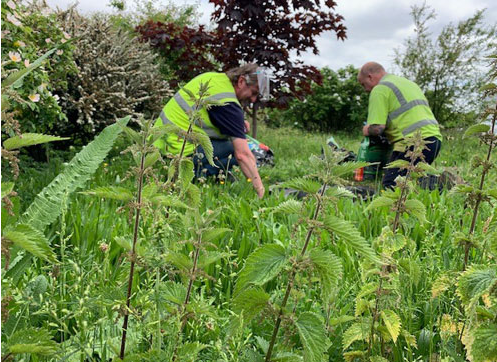
Two of my colleagues (Paul and Lee) volunteered to commission the ponds:
They first identified a sunny spot to encourage dragonflies and give the plants we'll eventually introduce to have their best chance of success. Once the holes were dug, they added a coarse sand layer to make a protective base layer to prevent damage and discourage weeds from growing through the pond liner.
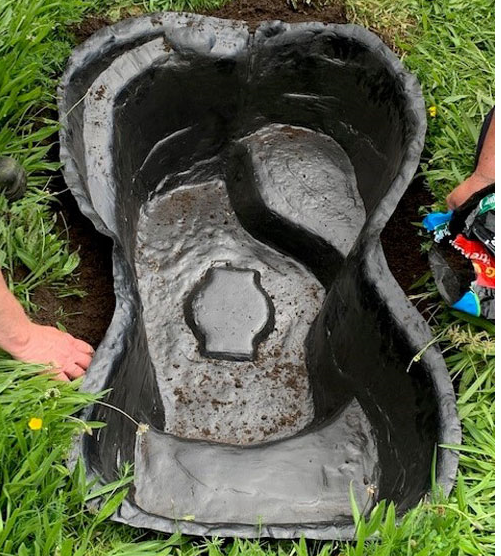
They then placed the pond on top of the sand and sealed the edges with sand,
soil and stones. Paul and Lee then placed pebbles and rocks in the pond, this is to keep the ponds water clean as they trap any sediment in the water and keep it from floating around on the surface.
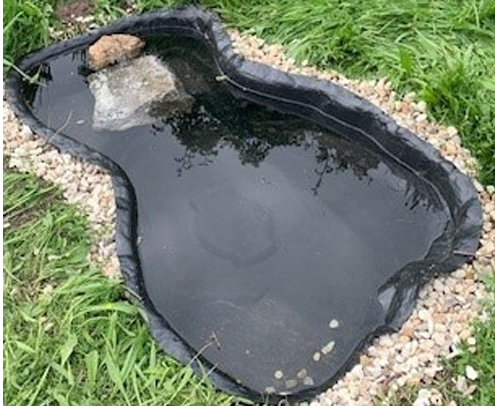
Pebbles provide a surface where helpful bacteria can grow and this bacteria helps to break down dirt in the pond, keeping the water fresher for longer.
They made certain there were plenty of ways wildlife could get out of the pond.
There will be a variety of aquatic marginal plants placed in the pond too.
We have taken lots of photos to share our exciting project with you.
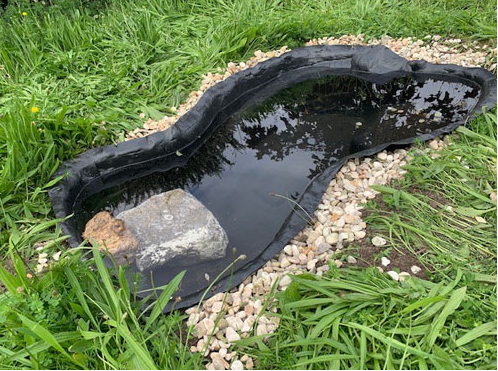
We have had lots of wildlife visiting our garden since I last wrote; Take this morning, for example, a male and female Pheasant, Chaffinches freely eating a few seeds that have dropped to the ground from bird feeders, Doves, Pigeons and a family of Goldfinches that have brought their young to the bird feeders in our wildlife garden. It was a lovely sight.
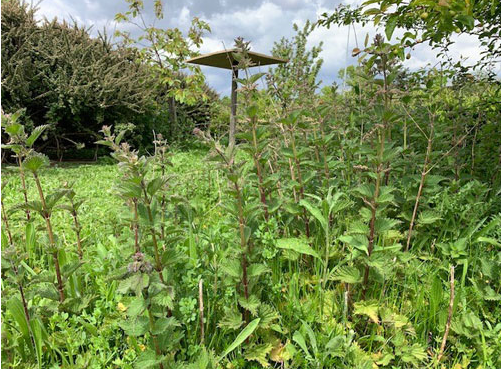
Our DIY bird table has seen plenty of action - even a cheeky seagull has been spotted landing on it and having a quick bite to eat. Perhaps on its way to Cleethorpes now the fish and chips shops are frying once again!
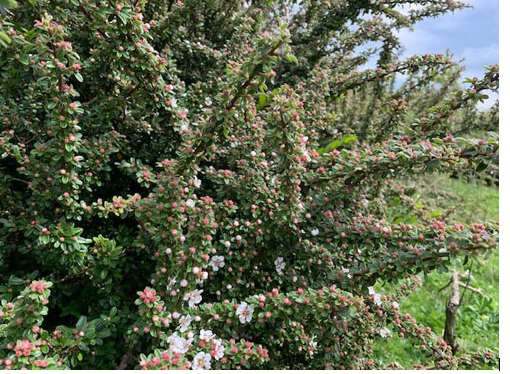
The flowers and bushes are out in full flower and will be encouraging butterflies and bees to feed on them. It's been interesting to read about recent campaigns to leave lawns to grow wild because we've been doing this for several years.
Our wild rabbits have also multiplied with their babies everywhere. Some people find rabbits a nuisance - we just plant twice as much so the damage they do is less noticeable. It's a small price to pay to watch them running and hopping about enjoying the garden and the sunshine.
Written by Chris
